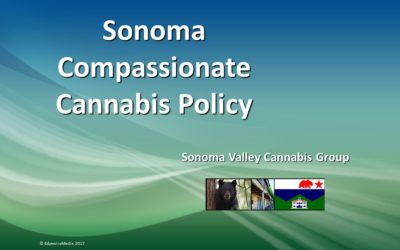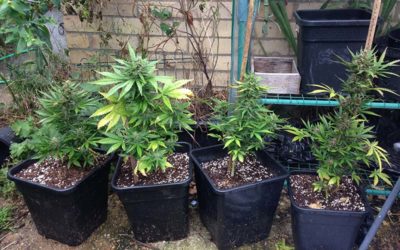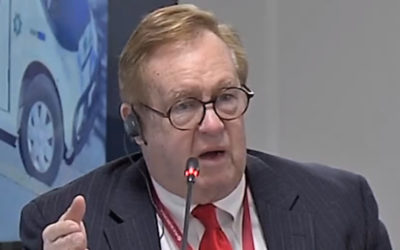Despite its newly-legal status in California, cannabis remains a topic that runs long on controversy. Legal to some degree in 29 states and the District of Columbia, cannabis is nonetheless illegal at the federal level, and its industry generates vast sums of cash...
Letter to the Sonoma City Council: Let’s create a reasonable and informed policy
This letter was presented in person by Ken Brown and Jewel Mathieson to the City Manager this past Tuesday. I'll be sending it to all council members and staff via email on Monday and Ken will present hard copies of same at the Dec 4 City Council meeting. November 21,...
Moratoriums, moratoriums, moratoriums…
Still trying to wrap my head around last night's very contentious city council meeting. I have to watch it again. It all starts at the 28:40 of the video, here.
Why does Sonoma continue to delay a decision on Personal Outdoor cultivation?
The City is obligated to state why it conflated two separate issues, growing cannabis for personal use and dispensary robberies, in order to renew the latest moratorium. The following is the city's justification for blocking citizens' right to grow for personal use...
Marijuana Use Among Sonoma Teens and Senior Citizens
There are many who feel teens will use cannabis to a greater degree after legalization. Perhaps teens and young adults deserve a bit more credit. According to the California Healthy Kids Survey for Sonoma County, consider that from 2011 to 2016, the numbers of...
Sonoma should allow medical cannabis dispensary
Bill Boerum has served on the Sonoma Valley Hospital Board and is a medical cannabis advocate. This was his statement to the Sonoma City Council’s special meeting, a Community Workshop on Cannabis, on Monday night: “Though not representing any specific organization, I...






